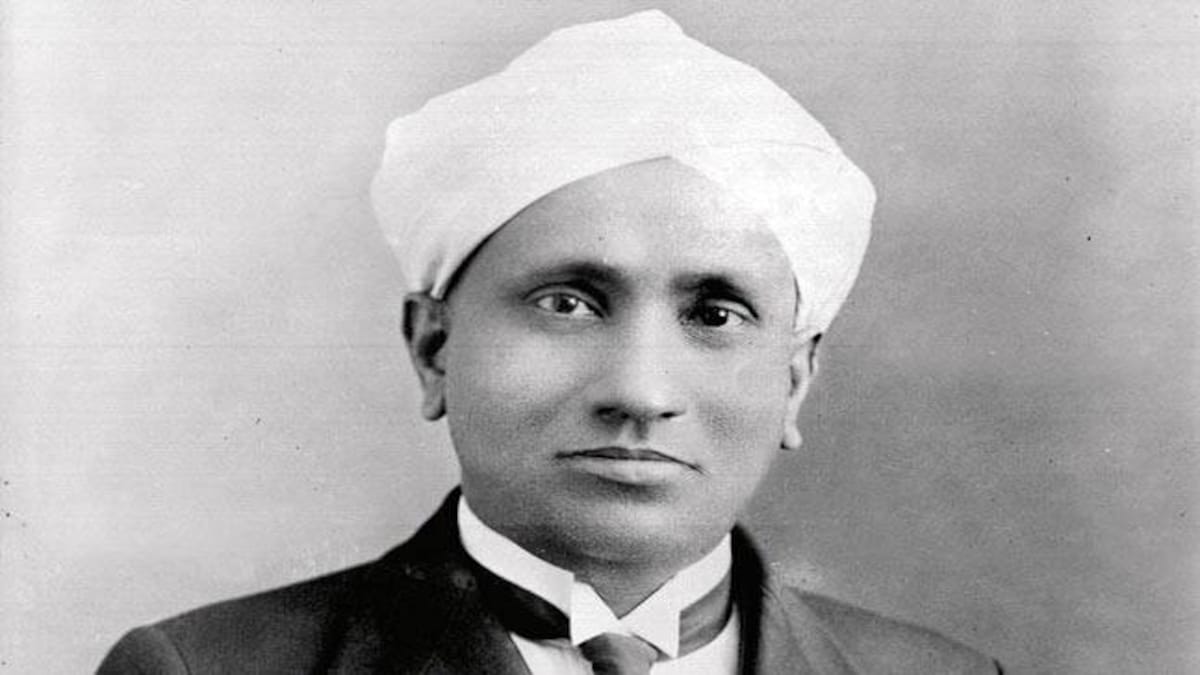Chandrasekhara Venkata Raman: Early Life, Discoveries and Inventions
Chandrasekhara Venkata Raman was a true nature lover. Whether the color of the sea or the minerals, the beauty of nature fascinated him.

Chandrasekhara Venkata Raman was a true nature lover. Whether the color of the sea or the minerals, the beauty of nature fascinated him.

